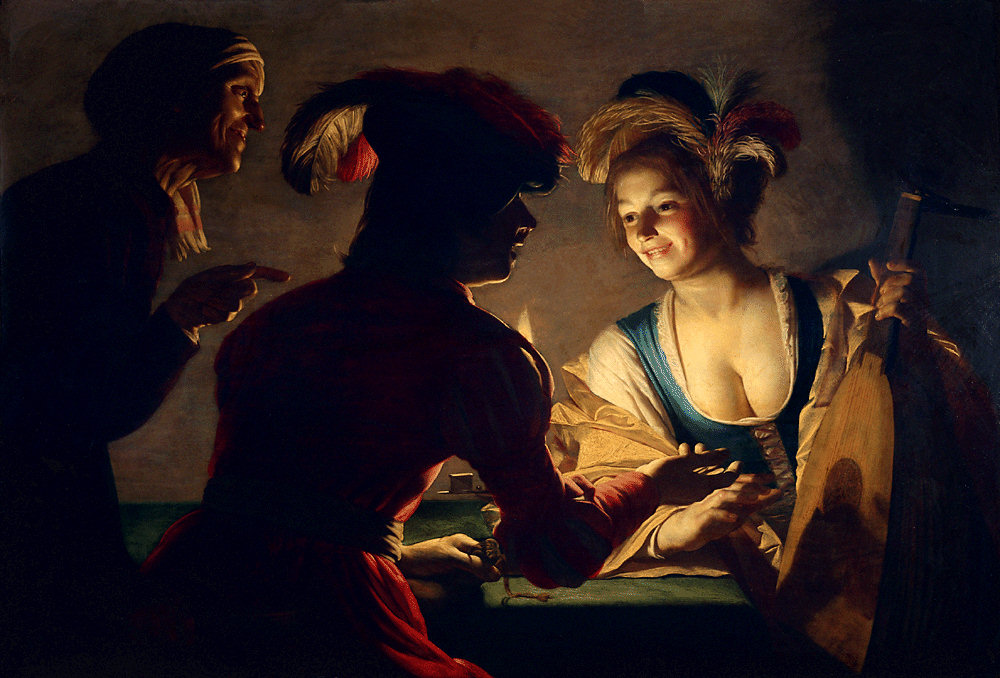 This Saturday from 8.30pm to 9.30pm is Earth Hour. All over the world people will switch off their lights for sixty minutes. Public institutions worldwide will go dark. Myself, I’m going round to my friend Paul’s house where we will eat dinner in candlelight. Paul has to take part, of course; he works for the WWF who are behind the whole concept that draws 2,700 towns and cities, 20,000 businesses and millions of people in 84 countries around the world together for an hour. It’s part symbolic gesture, and partly a way of engaging us all in the idea of using less. Of course the idea of being thrilled at the prospect of using less for an hour could have very middle-class, Presbyterian tang to it. Using less is possibly not quite as exotic to the billions worldwide for whom electricity is a historically recent miracle.
This Saturday from 8.30pm to 9.30pm is Earth Hour. All over the world people will switch off their lights for sixty minutes. Public institutions worldwide will go dark. Myself, I’m going round to my friend Paul’s house where we will eat dinner in candlelight. Paul has to take part, of course; he works for the WWF who are behind the whole concept that draws 2,700 towns and cities, 20,000 businesses and millions of people in 84 countries around the world together for an hour. It’s part symbolic gesture, and partly a way of engaging us all in the idea of using less. Of course the idea of being thrilled at the prospect of using less for an hour could have very middle-class, Presbyterian tang to it. Using less is possibly not quite as exotic to the billions worldwide for whom electricity is a historically recent miracle.
But it’s worth doing for another reason too; there is something fabulous about darkness, something that is easy to lose touch with if you’ve grown up with the idea of electricity being cheap and plentiful. Using less doesn’t have to be a hair-shirt thing.
I was reminded of this last year when I went off-grid for a month with my kids in Devon, using only solar power, paraffin lamps and candles for light. I wrote a piece about it for The Observer:
While I wait for the water to boil I fill the lamps with paraffin; the shack is lit by candles and oil lamps. Snow starts to pelt down outside. I wonder if I’m underprepared.
After eating, we get out a board game; the kids crowd round the table. Despite the icy cold outside, the shack is suddenly lusciously warm.
A red glow seeps from the stove. Our faces are pink in the paraffin light.
Electricitylessness is an astonishing novelty in the modern age. My daughter’s friend says: ‘I keep reaching round the doors expecting to find a light switch.’ Instead, they carry torches or candles to light their way. ‘It’s fun lighting candles,’ says Tomas with a dangerous glint in his eye. I remind him that this building is made of wood.
Electricity fills every corner of a house with light. In contrast, the paraffin lamps on the table light only our faces; it has the miraculous effect of drawing people together into a close, sociable circle. It’s like being in a 17th-century Dutch painting. I am suddenly reminded of the joy of being a boy during the power blackouts of the Seventies.
I step outside. In an exceptionally starry frost, I look in through the windows at the children playing contentedly at the table and feel curiously proud of having provided for them, in a hunter-gatherer-type way. It’s a sentiment that doesn’t strike me much at home.
Image: The Matchmaker by Gerrit van Honthorst (1592-1656)
EDIT:
As viral campaigns go, this one is kind of genius, and shares Caravaggio-type lightint with the painting above. Warning. Won’t watch it if you’re squeamish. Contains grauitous violence.
Â
Go to RSA Arts & Ecology



 This Saturday from 8.30pm to 9.30pm is
This Saturday from 8.30pm to 9.30pm is